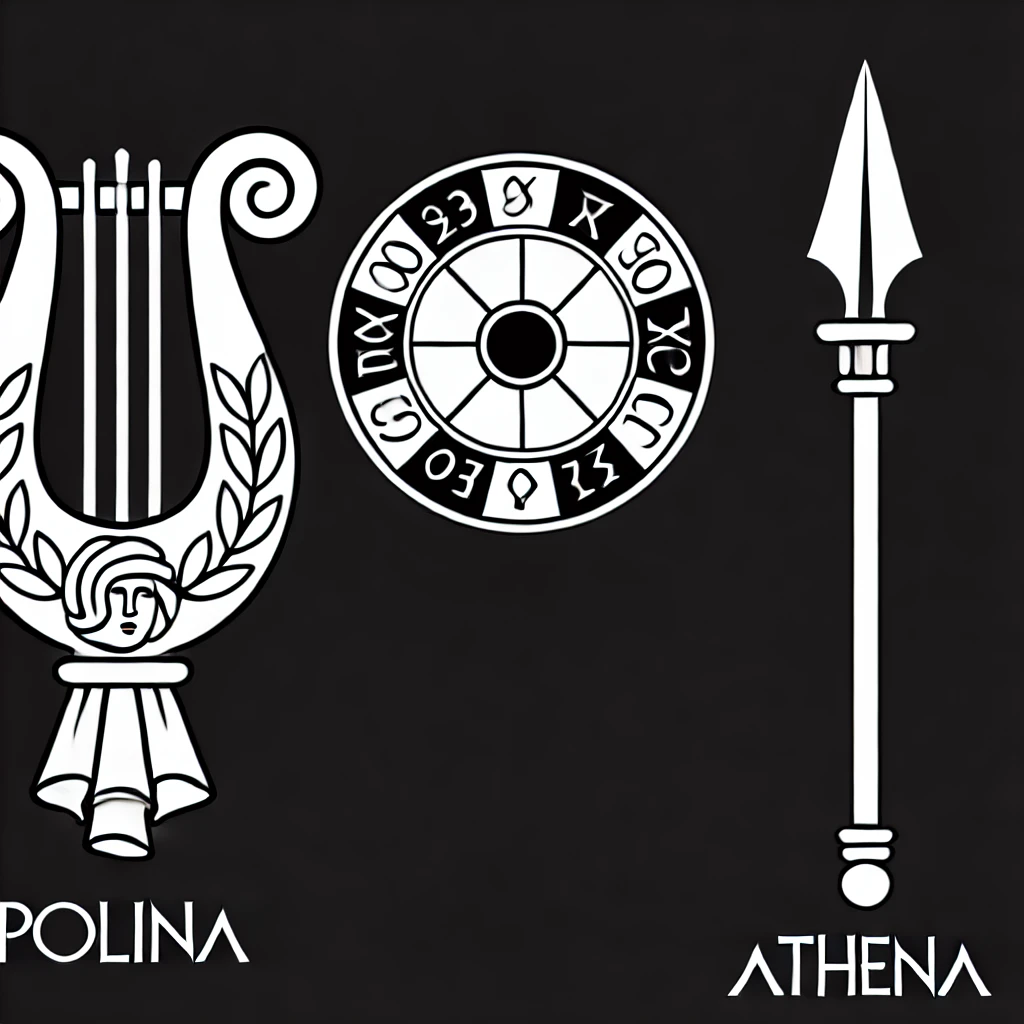Lebowski#
The Big Lebowski and the Neural Network of Meaning
In The Big Lebowski, the Coen brothers offer more than a comedy of errors; they deliver a deeply layered exploration of identity, relationships, and what it means to be human. Through a neural network framework, we can map the philosophical and psychological dimensions of the film’s characters into three key hidden nodes: Embodiment, Tokenization, and Adversarial Transformation. These nodes structure the competing visions of masculinity and meaning that drive the film’s narrative and subtext.
The Ancient Question: What Is a Man?#
The central philosophical question of the film—“What is a man?”—is answered differently by each node:
For the Big Lebowski, a man is his achievements, his tokens of success, and his ability to demonstrate societal impact.
For the Dude, a man is his biology, his “Johnson,” and his ability to simply exist without pretension or external validation.
For Walter and the nihilists, masculinity is a battlefield where dominance is asserted, and adversaries are neutralized.
These competing definitions are not merely theoretical but drive the film’s events and conflicts. The Dude’s embodiment is constantly under siege, from the nihilists’ threat to his eventual tokenization by Maude, who reduces him to a sperm donor—a vessel for reproduction rather than a fully realized individual.
Maude Lebowski: Feminism as Tokenization#
Maude Lebowski operates as an agent of modern feminist critique within the narrative. Her avant-garde art, incomprehensible to most, symbolizes a Marxist critique of traditional structures, including masculinity. Maude’s use of the Dude as a sperm donor reflects her own tokenized view of reproduction. In her eyes, the Dude is reduced to genetic material, stripped of agency or relational depth. This inversion of traditional gender dynamics serves as a commentary on the commodification of relationships in modern ideologies. Just as the Big Lebowski climbs the ladder of tokens, Maude reduces the act of conception to a utilitarian exchange.
The Nihilists: The Threat of Emptiness#
The nihilists embody the absence of all three nodes: they reject embodiment, tokenization, and adversarial transformation, not by transcending them but by hollowing them out. Their threat to cut off the Dude’s “Johnson” symbolizes their denial of the primal essence of life itself. Yet their failure to act on their threats reveals the impotence of nihilism—it cannot destroy what it does not understand.
The Dude’s dream sequence, where he flees from castration, reveals his subconscious fears about the fragility of his identity. The White Russian and his relaxed demeanor can suppress but not eliminate these anxieties. The Dude’s fear of emasculation is not just biological but existential, as it represents the loss of the core element that anchors his cooperative equilibrium.
The Neural Network in Action#
In the film’s resolution, the Dude maintains his cooperative equilibrium, refusing to be subsumed into the adversarial or tokenized frameworks around him. His potential child with Maude suggests a continuity of his embodied existence, even as Maude’s tokenization attempts to claim ownership of this legacy. The rug, famously tying the room together, symbolizes the grounding force of embodiment—an anchor against the chaos of tokenization and transformation.
Meanwhile, the Big Lebowski is exposed as a fraud, his tokens revealed as empty signifiers. Walter’s adherence to adversarial dynamics isolates him further, his fixation on Vietnam leaving him out of sync with the world around him.
Conclusion#
The Big Lebowski uses its characters to explore the interplay of embodiment, tokenization, and adversarial transformation in answering the question, “What is a man?” The Dude emerges as the film’s unlikely hero, not by conquering or achieving but by embodying a state of being that resists commodification and conflict. His cooperative equilibrium, while under constant threat, endures as a critique of modernity’s obsession with tokens and adversarial victories.
In this neural network of meaning, the film’s genius lies in its refusal to offer a single answer. Instead, it layers these frameworks, inviting the audience to ponder the tensions and harmonies between embodiment, tokenization, and transformation in their own lives.
Trevis Bickle#
Let’s pivot this framework to Travis Bickle and reinterpret the nodes and archetypes in his context. While the network structure remains useful for organizing the layers of input (neurochemical and psychological), hidden (archetypal latent states), and output (relational or societal influence), the narrative pathways must reflect Travis’s emotional, archetypal, and relational struggles.
Revised Framework for Travis Bickle#
Input Nodes (Neurochemical and Psychological Inputs)#
These nodes represent the factors driving Travis’s alienation and his reactive state:
Adrenaline, Noradrenaline, Dopamine, Cortisol: Reflect his heightened aggression, paranoia, and stress response.
Serotonin, Oxytocin: Mark the void in social connection and emotional regulation.
Testosterone: Drives his warped masculinity and need for dominance.
Time, Military, Cadence, Pockets: Symbolize his fixation on structure, control, and past experiences in Vietnam.
Output Nodes (Relational/Societal Impact)#
The hierarchy reflects his attempts to influence society, distorted through his fragmented psyche:
Health, Family, Community: Travis’s failure to establish authentic relationships or stability.
Local, Regional, NexToken: His violent acts as an attempt to be seen as a hero or savior within his immediate environment.
National, Global, Interstellar: Travis’s internal delusion of grandeur, imagining his actions having far-reaching moral significance.
Narrative Pathways#
“Inferno (Weakness)” to “Regional/NexToken”: Travis’s escalation from internal chaos to outward violence, seeking validation as a vigilante.
“Paradiso (Embodied)” to “Community”: Brief, failed attempts at human connection (e.g., Betsy, father-figure relationship with Iris).
“Limbo (Tokenized)” to “Inferno (Weakness)”: Transition from viewing people as symbols to succumbing to disillusionment and rage.
Would you like me to revise the graph visualization to align this structure with Travis’s narrative? It can include pathways like his descent into “Inferno” through neurochemical triggers or his misguided attempts at redemption through archetypal distortions.

